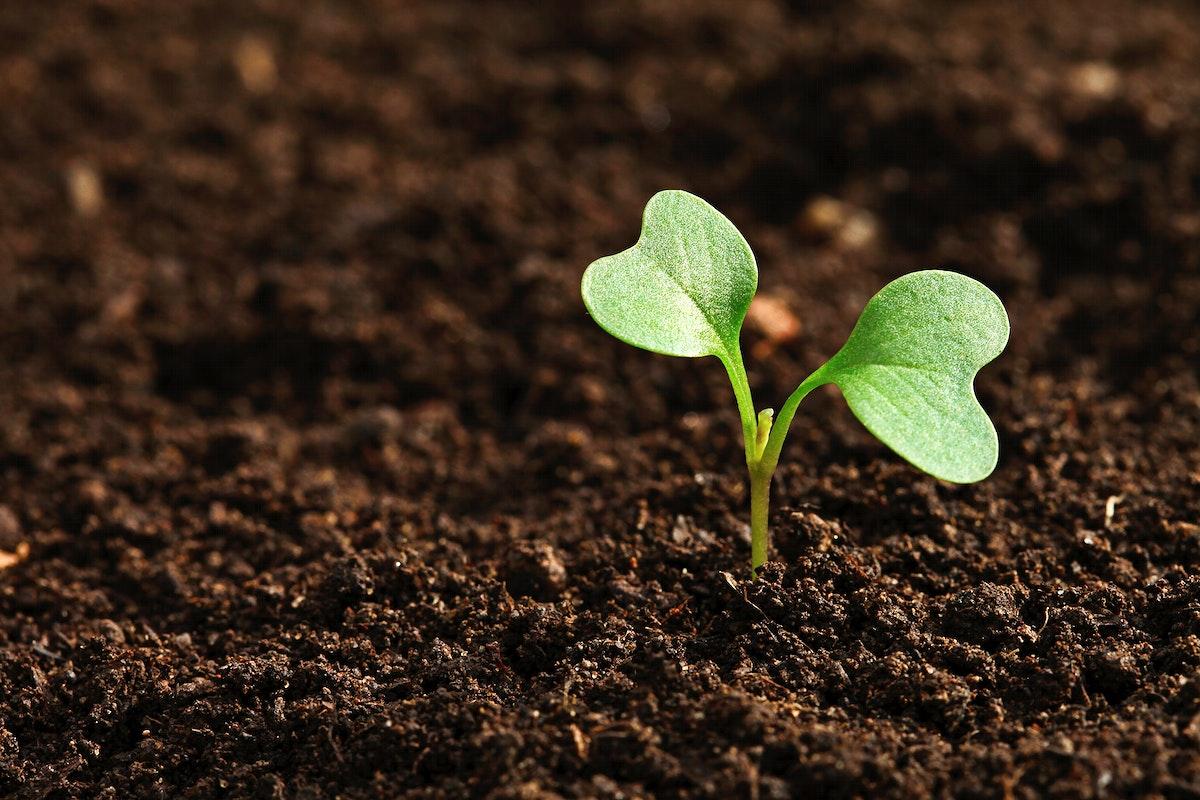
Engineering Greenhouse Design
~Students apply the engineering design process as they learn the advantages and disadvantages of the greenhouse effect.
~Students will work collaboratively to construct a miniature greenhouse to understand how their designs incorporate the processes of heat transfer within a controlled environment.
~Students will collect, record and graph data over time as they compare the inside temperature of their greenhouse to outside.
~Lesson includes extension options in addition to community connection opportunities (University of Arizona's Controlled Environment Agriculture Center as well as Biosphere 2).
Lesson Plan Link/URL
https://docs.google.com/presentation/d/1VZKFo5-eWQEhZQ7fv1NFkKfp6eqLqQtZ/edit?u…Subject Area
Science Physical Science P1: Matter P4: Energy Transfer Earth and Space Science E1: Earth Systems Technology 2. Digital Citizen 4. Innovative Designer 5. Computational Thinker 6. Creative Communicator Engineering S2: Apply the Engineering Design Process S4: Apply Science to Engineering Mathematics Measurement and Data (MD) English Language Arts (ELA) Reading (Informational Text)Related Content

In this engaging lesson, students will research and design rhythm sticks. They will use them in music and PE class to exercise and create music with. This hands-on lesson incorporates multiple areas

Students will use published scientific data and current evidence to identify the phenomenon known an urban heat island effect. Students will first analyze temperature data as well as land-use data

Rad Roller Coasters Part 2 comes at the end of our paper roller coaster project. Students will collect data on their coaster and use that to calculate velocity, potential energy and kinetic energy